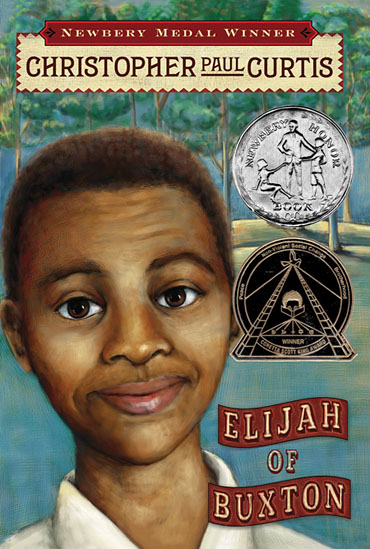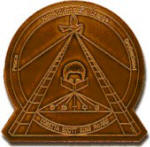A
Biography of Juan Francisco Manzano
By:
Margarita Engle
Illustrated
by: Sean Qualls
Published
by Henry Holt and Company, 2006
Reading
Level: Lexile 1200
Read
Aloud, 6.1
Powerful,
Heartbreaking, Amazing, Tragic, Brilliant
The Poet
Slave of Cuba, was awarded the American
Library Association’s Pura Belpré
Award in 2008. The award is presented annually to a
Latino/Latina writer and illustrator whose work best portrays, affirms, and
celebrates the Latino cultural experience in an outstanding work of literature
for children and youth.
“An absolutely lovely book … that should be read by
young and old, black and white, Anglo and Latino.”
- School Library Journal, starred review
young and old, black and white, Anglo and Latino.”
- School Library Journal, starred review
Juan
Francisco Manzano was born into slavery in Cuba in 1791. He never knew any other
life but the life of under a slave owner. A woman named, Dona Beatriz, who referred
to Juan as the child of her old age. Juan
was to call her his Mama, even though he already knew who his real mother was.
Juan’s freedom will be granted once Dona Beatriz dies and his birth mother were
to be free for what was seen as a small amount of 300 pesos and all her
children born after Juan were free born, but not Juan. Dona Beatriz treated
Juan as her poodle, she took him wherever she went. Denied an education, Juan
learned to sing and recite and was always put on display at gatherings the
master took him too. At age 11 his master died, but was his freedom granted?
Note: Some of the scenes described are
graphic. However, it is important for students to know that slavery was not
only African Americans but Latin Americans who were considered to have dark
skin color.
Key Vocabulary:
Succulent
(3), Sonnets and ballads (10), inconsolable (14), vile (37), thrashed (52),
shun (52), arrogantly ( 76), ominous (86) haven (131).
Spanish
words are written throughout the book, however, the English translation is
directly underneath it.
Teaching
Suggestions –
Before Reading: Show where Cuba is on a map, and who Juan
Francisco Manzano is. It would be best to read this book during Hispanic Heritage Month, September 15th through October 15th, brief history of how the Month came about can be explained to your students. Read the first verse of the story and then have your
students fill out a Bio-Poem.
Ø AUTOBIOGRAPHICAL: Write a poem about yourself using this form
or another poetry form.
Line 1: __ Your name
Line 2: _, _, _ 3 personal characteristics or physical traits
Line 3: Brother or sister of__ or son/daughter of
Line 4: Who loves__, __, and __ 3 people, things, ideas
Line 5: Who feels__ about__1 emotion about 1 thing
Line 6: Who needs__, __, and __ 3 things you need
Line 7: Who gives __, __, and __3 objects you share
Line 8: Who fears__, __, and __3 items
Line 9: Who'd like to see, __1 place, or person
Line 10: Who dreams of __ 1 item or idea
Line 11: A student of__ your school or teacher's name
Line 12: __ Nickname or repeat your first name
Line 1: __ Your name
Line 2: _, _, _ 3 personal characteristics or physical traits
Line 3: Brother or sister of__ or son/daughter of
Line 4: Who loves__, __, and __ 3 people, things, ideas
Line 5: Who feels__ about__1 emotion about 1 thing
Line 6: Who needs__, __, and __ 3 things you need
Line 7: Who gives __, __, and __3 objects you share
Line 8: Who fears__, __, and __3 items
Line 9: Who'd like to see, __1 place, or person
Line 10: Who dreams of __ 1 item or idea
Line 11: A student of__ your school or teacher's name
Line 12: __ Nickname or repeat your first name
Split students into groups and have them
research:
Ø The
emergence of slavery in Cuba.
Ø The
persecution and execution of poets during the 1840’s.
Ø The
lives and poetry of Garcilaso de la Vega, Fray Luis de Leon, Pedro Soto de
Rojas, Andres Fernandez de Andrade and San Juan de la Cruz.
After Reading:
What kind of person was she?
Electronic Resources -
Author’sSite: Margarita Engle is a Cuban-American poet,
novelist, and journalist whose work has been awarded many awards of the Cuban
lifestyle throughout history. Her powerful words will give students a different
point of view.
HispanicHeritage Booklist: List of books ranging from ages
to 3-12 resolved around Hispanic Heritage. Biographies, Cultural Traditions,
Family Stories, the site has everything needed to diverse your students
learning.






